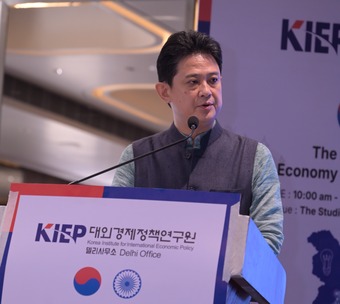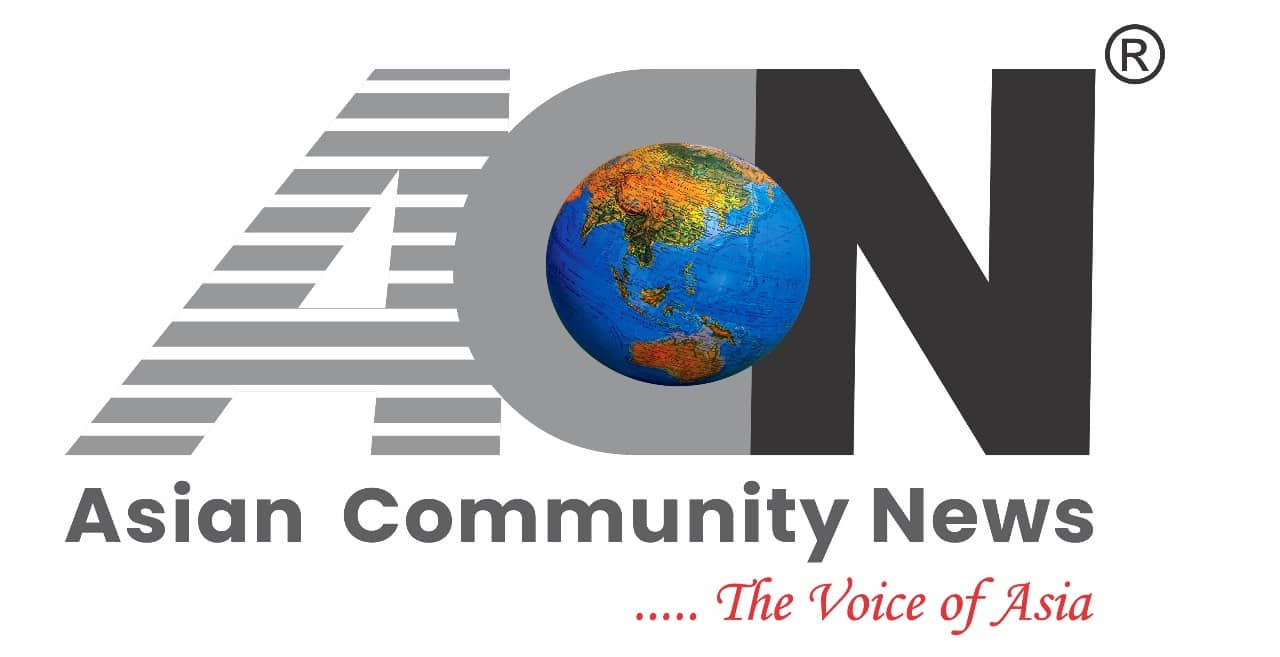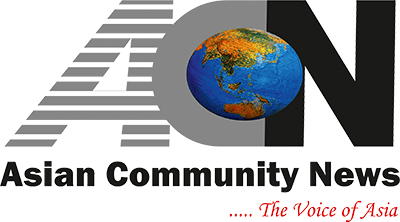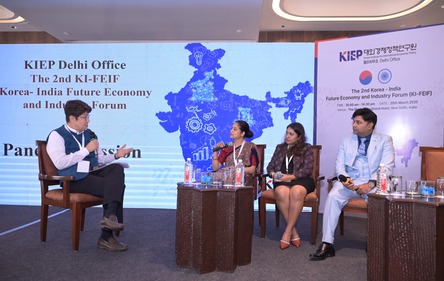India’s Economic Trajectory for FY2026 Unfolded at Korea-India Forum in New Delhi
The Second Korea-India Future Economy and Industry Forum analysed India’s macroeconomic outlook, trade policies, and FDI landscape amid global shifts.
New Delhi, India — The Korea Institute for International Economic Policy (KIEP) convened the second edition of the Korea-India Future Economy and Industry Forum (KI-FEIF) at The Grand Hotel in New Delhi, offering a comprehensive overview of India’s economic and policy landscape for FY2026. The high-level gathering brought together Indian and Korean economists, policy experts, industry professionals, and diplomats to discuss India’s evolving macroeconomic indicators, investment climate, and global trade implications.

The event began with remarks from Dr. Choongjae Cho, Director of the KIEP Delhi Office, who emphasized the importance of deepening bilateral cooperation between Korea and India in a rapidly evolving global economy. Minister Sangwoo Lim, Deputy Chief of Mission at the Embassy of the Republic of Korea, echoed these sentiments, calling the forum an “essential platform for recalibrating economic synergies between two major Asian economies.”
Delivering the keynote address, Mr. Sumanta Chaudhuri, Principal Advisor at the Confederation of Indian Industry (CII), highlighted that India had become the world’s fifth-largest economy in nominal terms, overtaking the UK. Citing data from the IMF and CII projections, he noted that India’s GDP per capita stood at $2,497 in 2023 and was expected to grow tenfold, surpassing $22,000 by 2047, potentially placing India among high-income nations.
The first session explored India’s economic outlook and currency dynamics for the fiscal year 2026. Dr. Pravakar Sahoo of NITI Aayog and Dr. Bornali Bhandari of the National Council of Applied Economic Research analyzed macroeconomic trends, noting that although industrial and service sector growth experienced a slowdown in FY 2024-25, agriculture remained resilient due to normal monsoon forecasts and increased rabi sowing. The panel observed that inflationary pressures had eased, with the CPI headline inflation rate dropping to 4.3% in January 2025.
 Shinhan Bank’s Vice President, Kunal Sodhani, addressed global currency dynamics and India’s foreign exchange outlook, warning of increased volatility driven by potential U.S. policy changes under the Trump administration. He revealed that the Indian rupee depreciated to Rs. 87 against the US dollar by February 2025, while the Real Effective Exchange Rate (REER) also declined. India’s foreign exchange reserves, however, increased to USD 635.7 billion by mid-February, signalling cautious optimism.
Shinhan Bank’s Vice President, Kunal Sodhani, addressed global currency dynamics and India’s foreign exchange outlook, warning of increased volatility driven by potential U.S. policy changes under the Trump administration. He revealed that the Indian rupee depreciated to Rs. 87 against the US dollar by February 2025, while the Real Effective Exchange Rate (REER) also declined. India’s foreign exchange reserves, however, increased to USD 635.7 billion by mid-February, signalling cautious optimism.
The forum’s second session focused on India’s shifting trade and foreign direct investment (FDI) policies. Speakers included Dr. Swati Singh from CII, Pradeep S. Mehta of CUTS International, DPIIT Deputy Secretary Bhuvnesh Pratap Singh, and Ms. Naveenta Gautam from Invest India. They discussed India’s gross FDI inflows, which stood at $70.9 billion in 2023– 24, only slightly lower than the previous year. Despite a global decline in FDI flows, India emerged as the 15th most preferred destination globally, securing its position as the second-largest market for international project finance deals.
Ms. Gautam emphasized the government’s investor-friendly measures, including the establishment of BharatTradeNet, a unified digital platform for trade documentation, and reforms such as increased FDI caps in sectors like insurance. Meanwhile, Dr. Singh pointed to new frameworks promoting Global Capability Centres in tier-2 cities and enhanced infrastructure for air cargo as signs of India’s commitment to trade facilitation.
A recurring theme throughout the forum was the need to align India’s growth story with global shifts, particularly in light of ongoing geopolitical tensions and uncertainties in trade policy. The merchandise trade deficit widened to $23 billion in January 2025, while services exports recorded strong growth, resulting in a $20.3 billion surplus that same month.
India’s capital market performance also drew attention, with IPOs surging and the country’s weight in the MSCI Emerging Markets Index rising. With a projected 6.5 percent growth rate for FY 2024-25, India is poised to remain one of the world’s fastest-growing large economies.
The concluding session reiterated the importance of platforms like KI-FEIF in fostering dialogue and economic cooperation between Korea and India. As Dr. Cho remarked in his closing address, “We need sustained engagement, analytical clarity, and forward-looking policy frameworks to navigate the challenges and opportunities of FY2026.”
The forum concluded with a networking lunch, allowing participants to continue discussions in an informal setting, reinforcing the collaborative spirit between the two nations.


